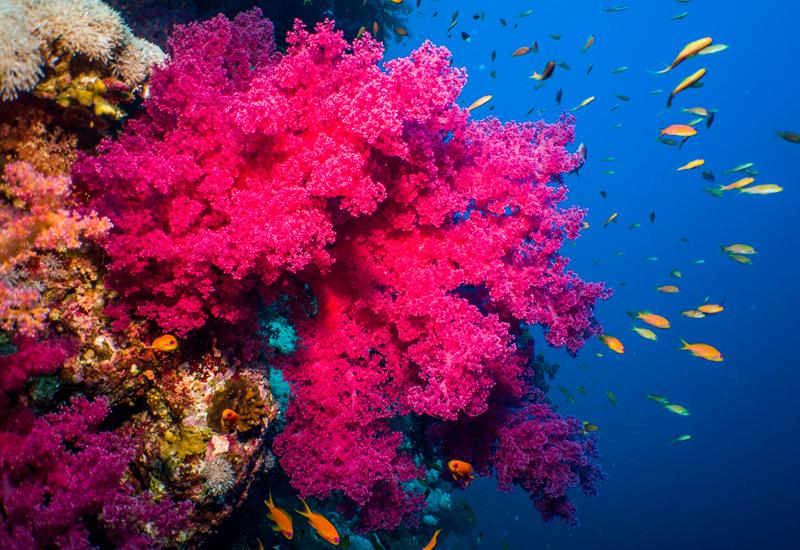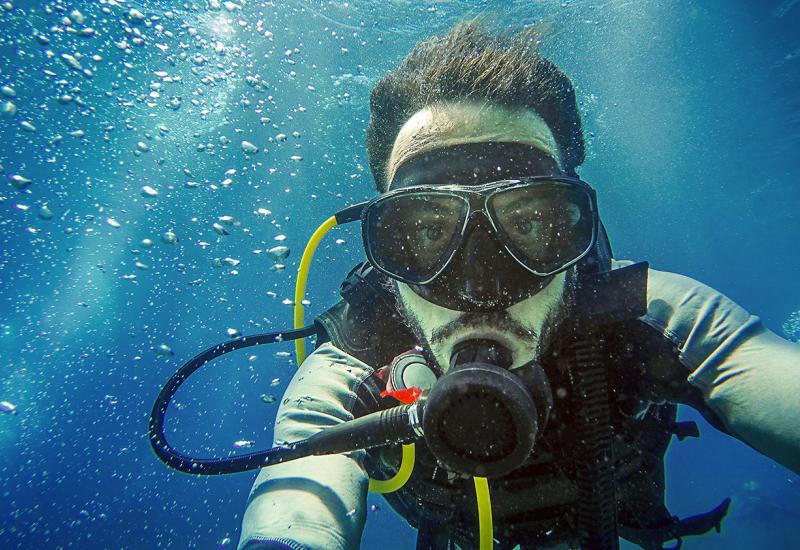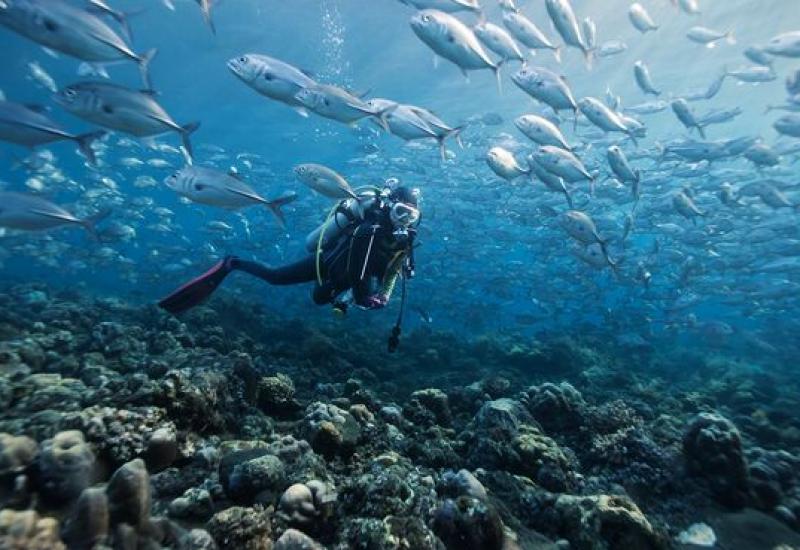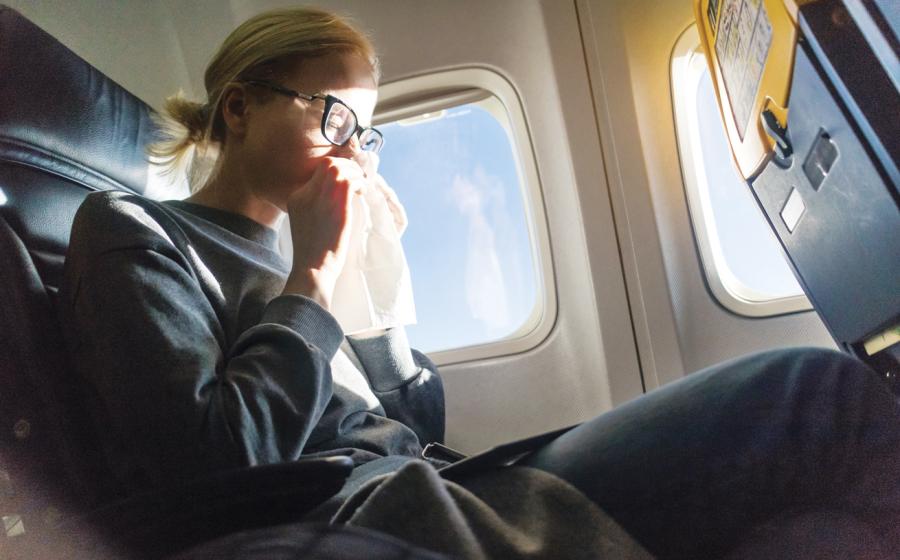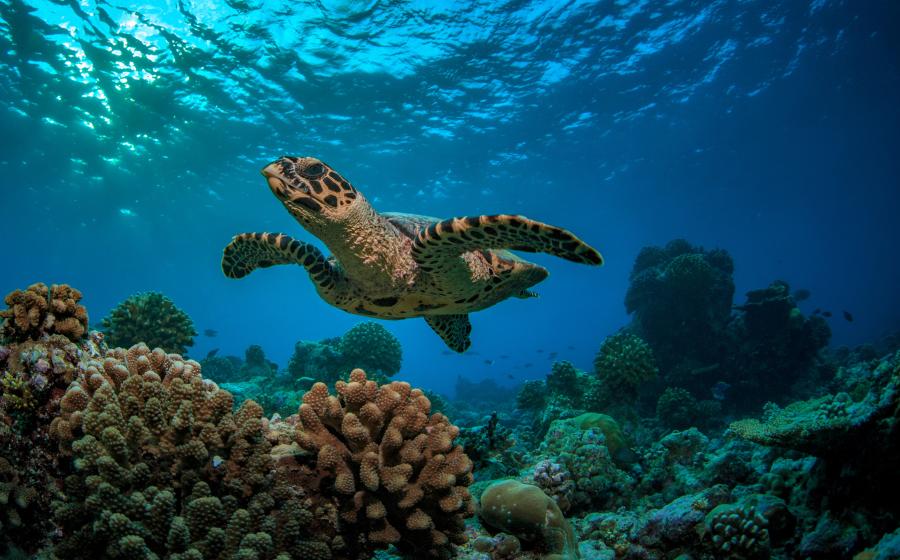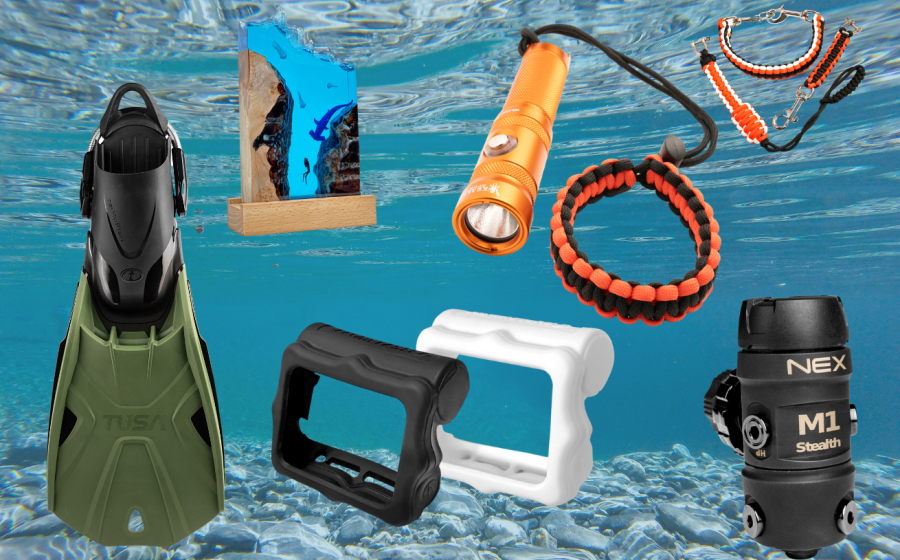Underwater Photography Tips: Lens Techniques
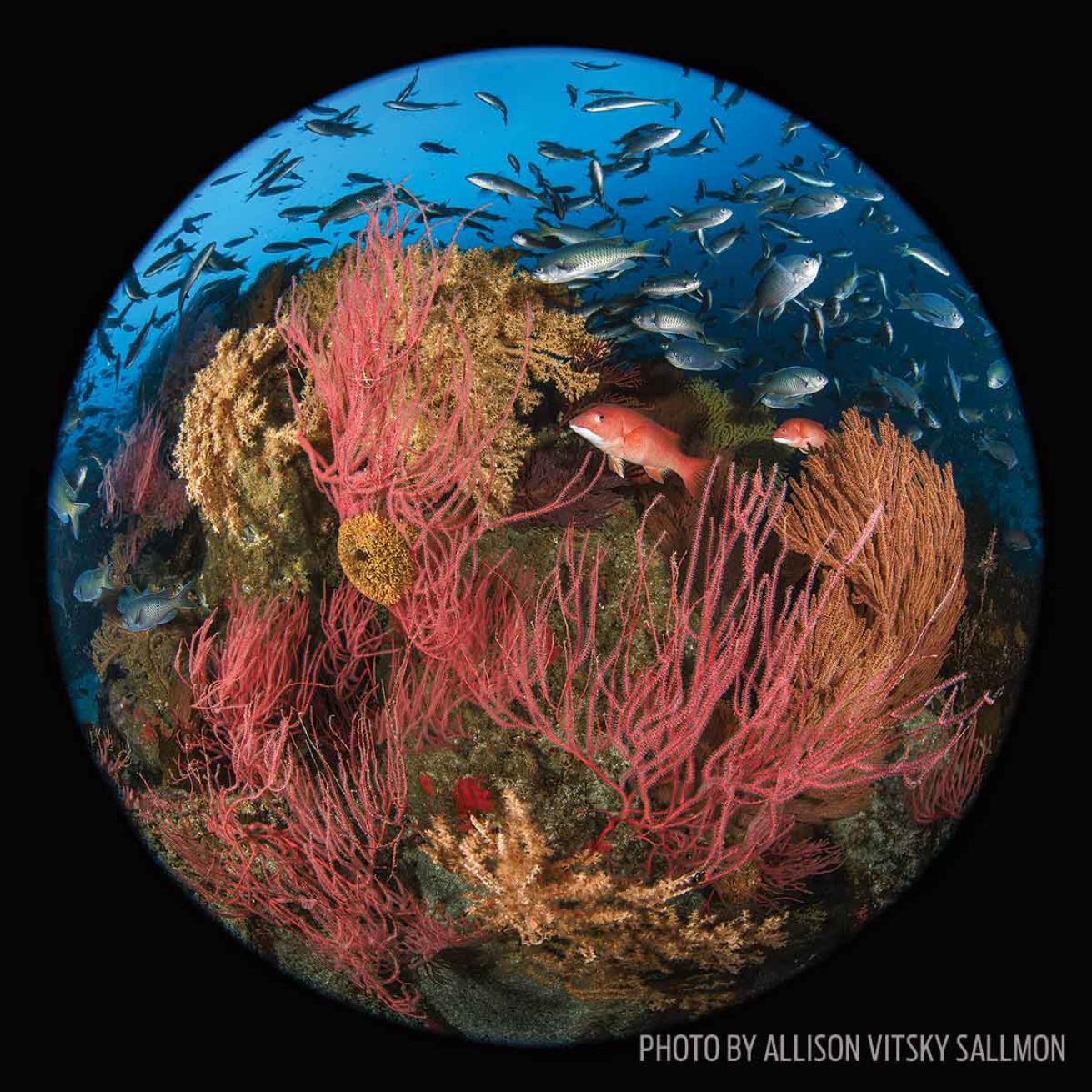
Allison Vitsky SallmonFisheyes come in two types, producing either a circular image or a full-frame, rectangular picture.
A great rift slices through underwater photography: Dive guides categorize sites this way, photo competitions pigeonhole entries using it, and quite a few photographers even describe themselves as one or the other. Macro or wide-angle — the best photographs are invariably taken with one of these lenses. But why not be rebellious and push these lenses out of their comfort zone to create eye-catching pictures?
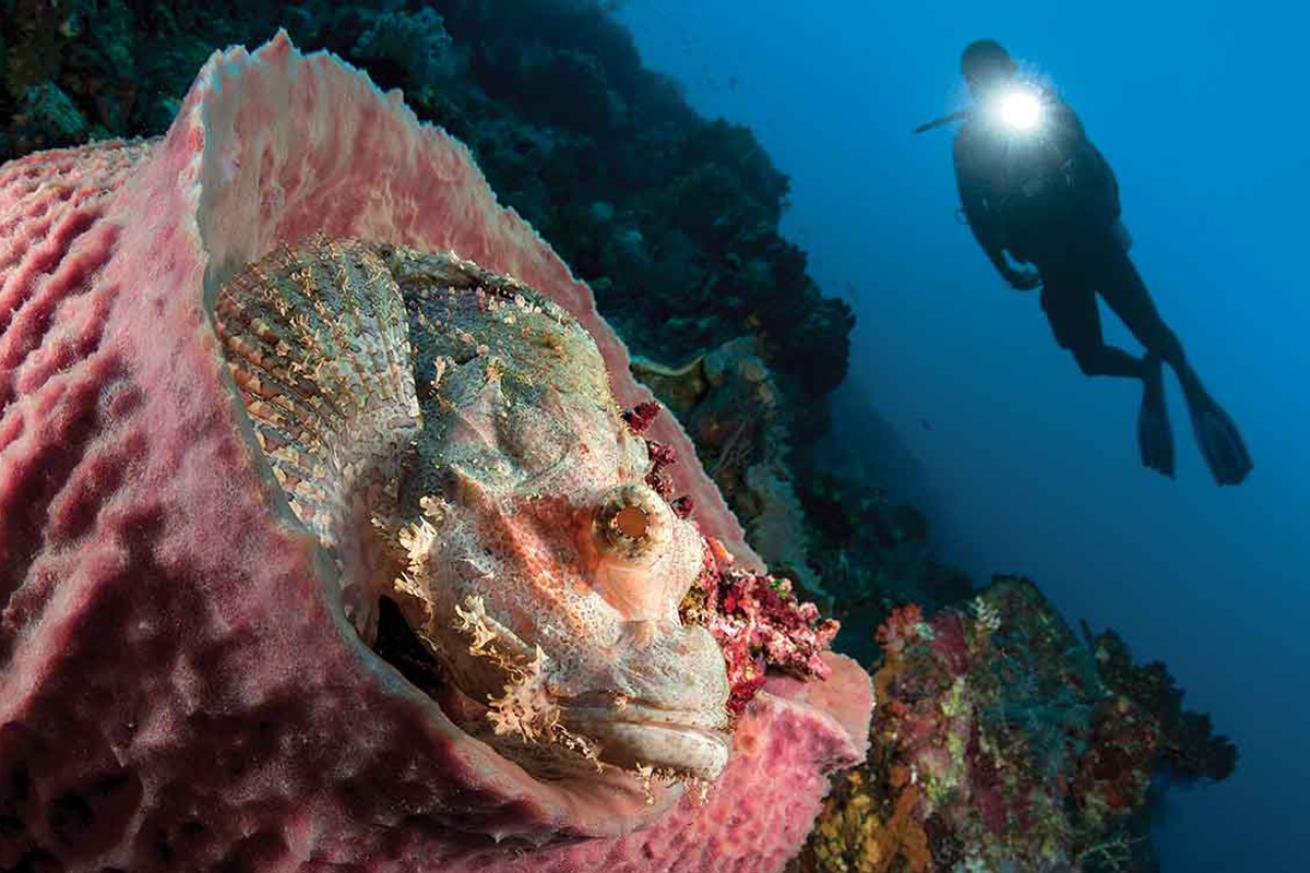
Steve JonesThe photographer focuses in on a scorpionfish, while keeping a diver in the background.
Wide-Angle Macro
1. The Wrong Lens
One typically wouldn’t grab a fisheye lens for a macro dive, but that is exactly what this technique demands. The aim is to photograph a small subject with macro levels of magnification, but in a wide-angle scene. British photographer Steve Jones took this image, stressing that “a lens that focuses extremely close is ideal. As you progress, you may add a teleconverter, which will help you fill the frame with even smaller subjects. The other essential is a small dome port, which causes less obstruction to your lighting.” Strobes should be pulled in tight to your housing to light the subject right in front of the lens.
2. Subject Selection
Wide-angle macro is often shortened to WAM, which neatly sums up how impactful this technique can be. However, it is not a technique that we can use on every subject because it requires the lens to be moved in very close. In reef environments, subjects might be inaccessible and should be passed over so you don’t damage fragile life. Muck diving is ideal for this technique because critters tend to be out in the open, and since many are ambush hunters, they allow a close approach. “If the subject is too small, it will be lost in the background,” says Jones, “so select a critter that is similar in size to a scorpionfish.”
3. Background Details
Filling the foreground with a critter isn’t the only goal; since a wide-angle lens is being put to use, you need to make the most of the background too. “WAM is great for showing animals in their natural environment,” says Jones. “Try to choose a background that is interesting, uncluttered, and complements the main subject rather than detracts from it. Consider your composition very carefully to get the most from this photo technique.”
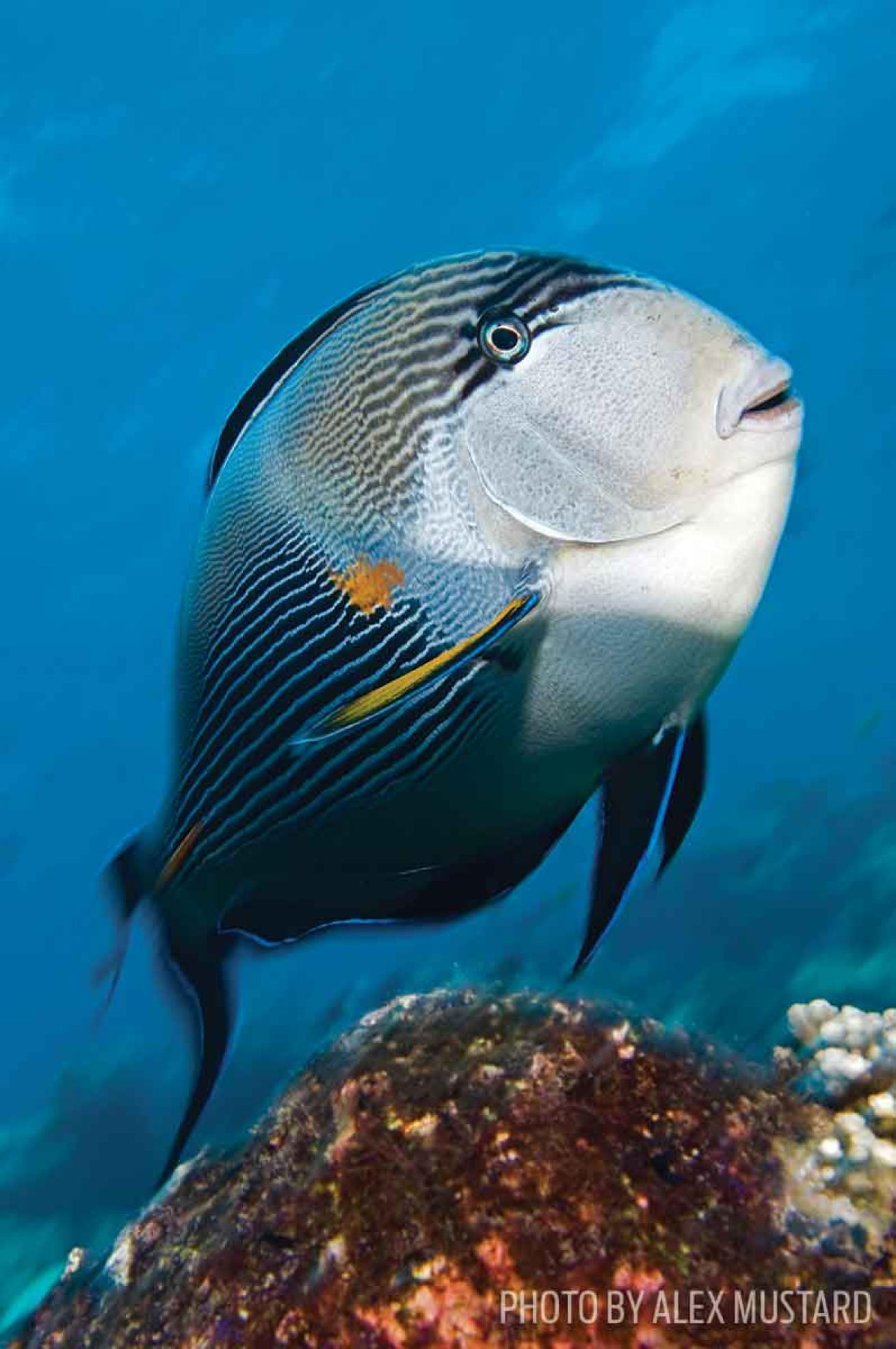
Alex MustardFish are not always the most cooperative subjects. Try telephoto shooting to snap them from a comfortable distance.
Telephoto Underwater
Beginner Tip
A classic piece of advice in underwater photography is to get as close as possible, then get closer. However, in clear water, with the aid of a digital camera, you can bend this rule. Zoom in your compact or use a long focal-length macro lens to shoot medium-size subjects from a few feet away.
Intermediate Tip
To get more light — and especially color — on the subject, push your strobes forward on long arms so they end up well in front of the port. This reduces the light path, cuts down backscatter and makes the subject really pop out.
Advanced Tip
This is a great technique for capturing natural behavior and characterful fish portraits. Use it to shoot notoriously shy species that won’t let you get close. The final step is to tweak white balance and boost contrast and clarity when processing these shots to get the most from the files.
Dr. Alex Mustard is a marine biologist who has been a full-time photographer since 2004. His latest book, Underwater Photography Masterclass, is out now. To see more of his work, visit amustard.com.

